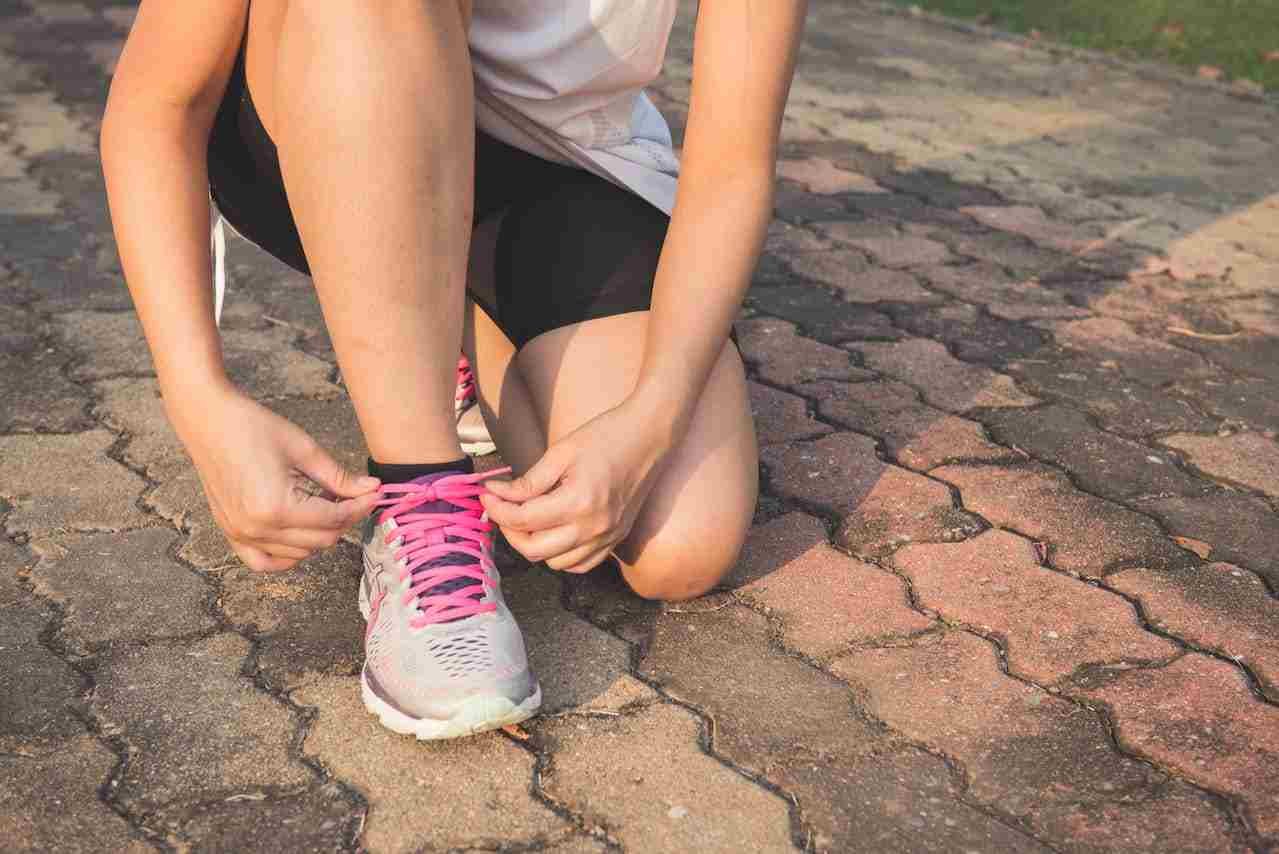Experts have long debated whether a more cushioned shoe will help prevent running injuries. Several recent studies support the idea, but the results are mixed.
One study found that shoes limiting pronation (inward rolling as your foot strikes the ground) reduce injury risk; another found that heel-to-toe drops ranging from zero to 10 millimeters shift impact forces away from knees and toward Achilles tendons, calves, and feet.
Breathable Materials
As the heat of summer approaches, breathability is a primary concern for many runners. Overheating leads to premature fatigue and reduced performance, so shoes with good breathability are vital for optimum running comfort. The best breathable shoes are designed with advanced ventilation systems that reduce the heat inside the shoe and ensure your feet stay cool and dry throughout your workout.
Aside from being wise in availing discounts or codes from websites like RetailMeNot, look for shoes with engineered mesh uppers that offer superior ventilation. These materials are lightweight and durable enough to withstand the wear and tear of running while keeping your feet cool and comfortable.
In addition to the material, look for strategically placed ventilation points. These features enhance the breathability of even non-breathable materials, allowing your feet to move quickly and remain dry. This minimizes moisture buildup, which can lead to foot odor and fungal infections such as athlete’s foot and ringworm. The right shoes will also have air or foam cushioning to reduce impact forces and make your workout more comfortable. For walking shoes, choose a more flexible and responsive design that allows your foot to roll from heel to toe for optimal comfort and shock absorption.
Better Performance
Running shoes are designed to cushion the impact of your feet and ankles with each step. They feature technologies like foam midsoles and gel inserts that reduce the stress on your feet, joints, and muscles when you run. The cushioning in your running shoes can minimize the risk of injuries, such as shin splints and knee pain.
Some experts believe that cushioning in running shoes can make you faster by reducing the oxygen required to run at a certain speed. However, this is not confirmed by scientific studies.
Many runners have heard that shoes with thick soles help prevent injury, but the reality is that proper biomechanics and form, not shoe type, are essential for preventing injuries. Injuries such as shin splints, Achilles tendonitis, and stress fractures are often caused by overuse, changes in training, poor foot posture, or other health conditions.
In addition, the thick soles of some running shoes can increase the rate at which your foot strikes the ground and cause you to overpronate. Overpronation is unsuitable for most runners and can be corrected with physical therapy and adjusting how you run.
Less Pain
For many people, running shoes provide the most comfortable option for day-to-day life. Everyday tasks like grocery shopping, walking up and down stairs at work, or between classes in college can be demanding on feet and legs. A pair of running shoes will cushion your feet and protect you from impact injuries.
Injuries to the foot, ankle, knee, and hip occur mainly because of the repetitive movements associated with running, which can lead to muscle fatigue, shin splints, and overuse injuries. Running shoe technologies are designed to prevent injury, but there is little proof that specific types of running shoes protect runners from injuries.
The type of running shoe you choose will depend on your body weight, speed, foot strike pattern, flexibility, and strength. Heel-to-toe drop — or the difference in height from the heel to the toes — can make a difference, but there is no clear evidence that one kind of shoe has a more significant effect on injury rates than another. Rotating your running shoes can also help, as it slightly varies the repetitive movement and allows the foam in the midsoles to decompress.
Better Fit
A poor fit isn’t just uncomfortable; it increases the risk of injury. A physical therapist can evaluate your feet to determine what shoes you need. For example, a lack of foot pronation means you need a shoe with more cushion to absorb impact. A foot expert can also match you with a running shoe model with flat-foot stability features.
High-impact sports like running and walking are very demanding on the feet. But the right shoes can redirect impact force away from your feet and ankles and to stronger muscles, preventing overuse injuries. Proper shoes also provide traction and support for the natural rolling motion of your foot as you run. Check the fit of your shoes by removing the sock liner and standing in them. It would be best if you had a thumb’s width of space between your longest toe and the front of the shoe. Having two pairs of shoes you alternate between is a good idea. This allows the foam to decompress between wears and helps the shoes last longer.
Avoid Injuries
Nowadays, there’s a shoe for every running need, but it takes more than footwear to be injury-free. The key to avoiding painful and costly injuries is strengthening your muscles and changing the impact of running on your body. That means adding weight training and yoga and having a day-to-day mix of distances and paces.
The right shoes can help prevent injuries by encouraging the foot to land on a softer surface and putting the right amount of pressure on different areas. This allows the feet, knees, and hips to absorb more shock without causing overuse injuries like shin splints and groin strain.
It’s also essential to replace your shoes when worn down or showing signs of damage, such as visible cracks in the rubber or an aching arch or shin. The frequency of replacing your shoes will vary, depending on your training schedule, mileage, and shoe type.

